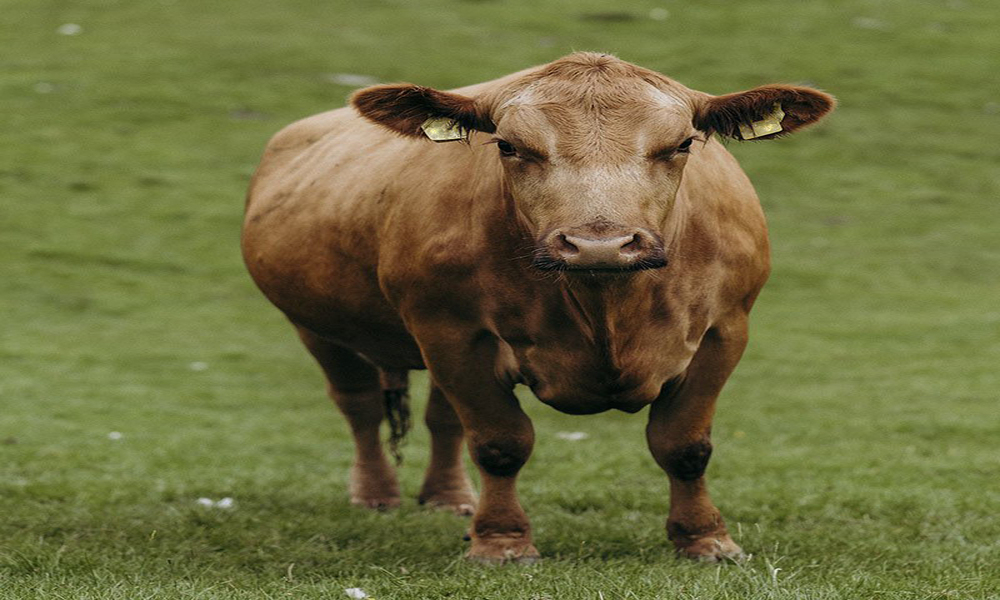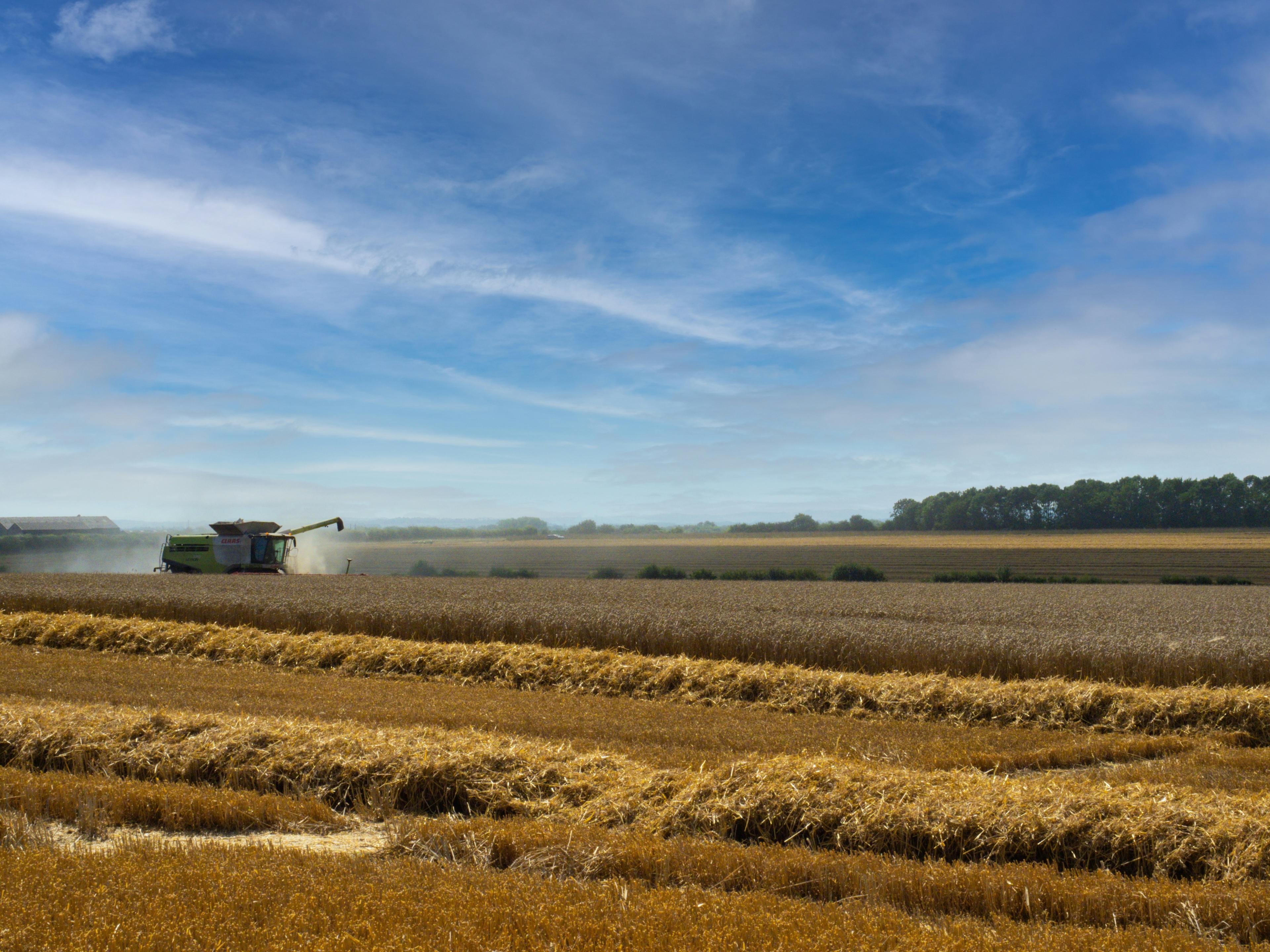2023 has been the year of the wildfire (although maybe not here in the UK!). As global temperatures continue to rise, problems like fires and drought will increasingly affect our safety, wildlife, environment, and crucially, our food supply. Ask any farmer who is keen on improving sustainability and they’ll tell you that the one thing they wish they could control is the weather. But that’s not possible…is it?
Cloud seeding: is it possible to change the weather?
It might sound like something from a dystopian novel, but during World War ll, two scientists found a way to create man-made rain and snowstorms. The pair worked for General Electric and their day job was finding ways to stop American Airforce planes from icing up in Northern climes. They started studying clouds, wondering why some clouds dropped snow and others didn’t.
In the lab, they modified a freezer so they could see what was going on inside. One of the scientists exhaled into the freezer, creating a cloud of vapour. After putting various substances in the freezer, he tried dry ice which immediately formed an ice crystal, and there it was; man-made snow.
In 1946, atmospheric research scientist Bernard Vonnegut discovered that silver iodide, a natural compound involved in the production of ice crystals, was even more effective at making clouds produce snow and rain. Silver-iodide is used by companies around the world today who want to modify the weather.
How does cloud-seeding work?
Silver iodide is released into clouds in large amounts either by plane or ground-based generators. Once it mixes with droplets of water vapour, ice crystals form. Once enough crystals accumulate, they fall to earth as ice or snow, depending on the temperature. While it does sound genius, it’s not guaranteed to work. Clouds must be filled with moisture, so in dry atmospheric conditions, it may not work.
The economics of making it rain and snow across the world
While some scientists have cast doubt on its effectiveness, there is some robust scientific evidence that it works. Researchers at the University of Colorado observed that cloud-seeding could increase rainfall by anywhere between 5 and 30%.
This has big implications for industries like agriculture where the long-term sustainability of farm businesses can be at the mercy of the weather. In North Dakota in the US, crops are often damaged by hailstorms. The state government uses cloud-seeding to lessen the impact, as the process causes smaller hailstones to form which aren’t as damaging. Research on the economic impacts of the cloud-seeding programme found that for every dollar the state government spends on the programme, there’s as much as $9-$20 per acre return thanks to less damaged crops.
In the notoriously arid state of Texas too, farmers benefit from cloud-seeding that brings much-needed rain. Elsewhere in the US, long-term cloud-seeding projects are in place to prevent droughts and wildfires in Nevada, and owners of ski resorts in Colorado have contracts with cloud-seeding companies for times when they need more snow for the ski runs.
Not to be outdone, China has also harnessed cloud-seeding to modify the weather. The government frequently uses drones to tackle heatwaves and restore its reservoirs along the Yangtze River in times of drought. The river supplies water to hundreds of millions of people so if it dried up, it would be catastrophic.
The problem with cloud-seeding
It’s not dangerous and it seems to help tackle some of the negative impacts of climate change, but is cloud-seeding as beneficial as it’s made out to be?
Is there an ethical issue around trying to control the weather? After all, it’s a natural occurrence. Is cloud-seeding, like some people fear, a sticking plaster for the wider problem of global warming?
It may be helpful in some cases, but would it take away the impetus for us to actually tackle the root causes like dependence on fossil fuels?
Then there’s the issue of effectiveness; clouds need to be full of moisture for cloud-seeding to work. In drought conditions, the process might not produce any rain or snow.
Like many solutions that aim to help tackle the effects of climate change, it has its limitations. Rain or no rain, it’s up to us to change the way we live, work, and consume so we can slow climate change while there’s still time.
Sources:
https://thehustle.co/the-economics-of-making-it-rain
Precipitation formation from orographic cloud seeding, PROCEEDINGS OF THE NATIONAL ACADEMY OF SCIENCES Vol. 115 | No. 6. February 6, 2018





